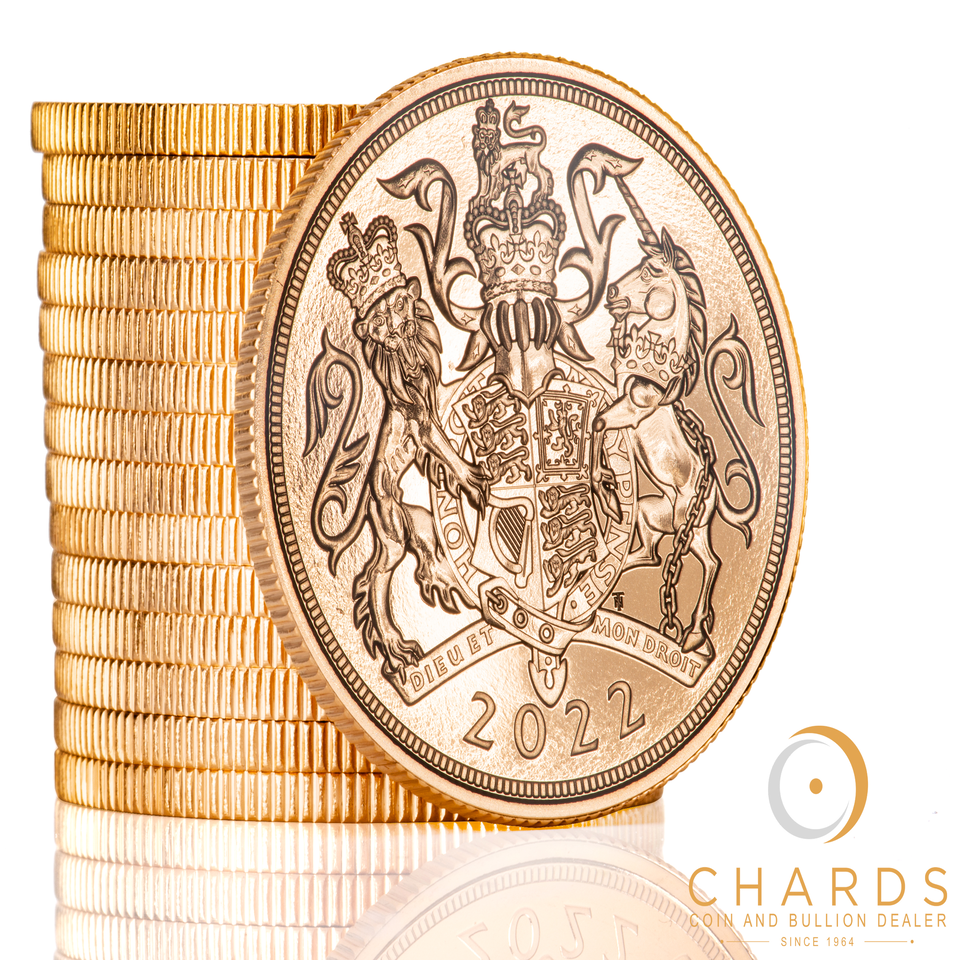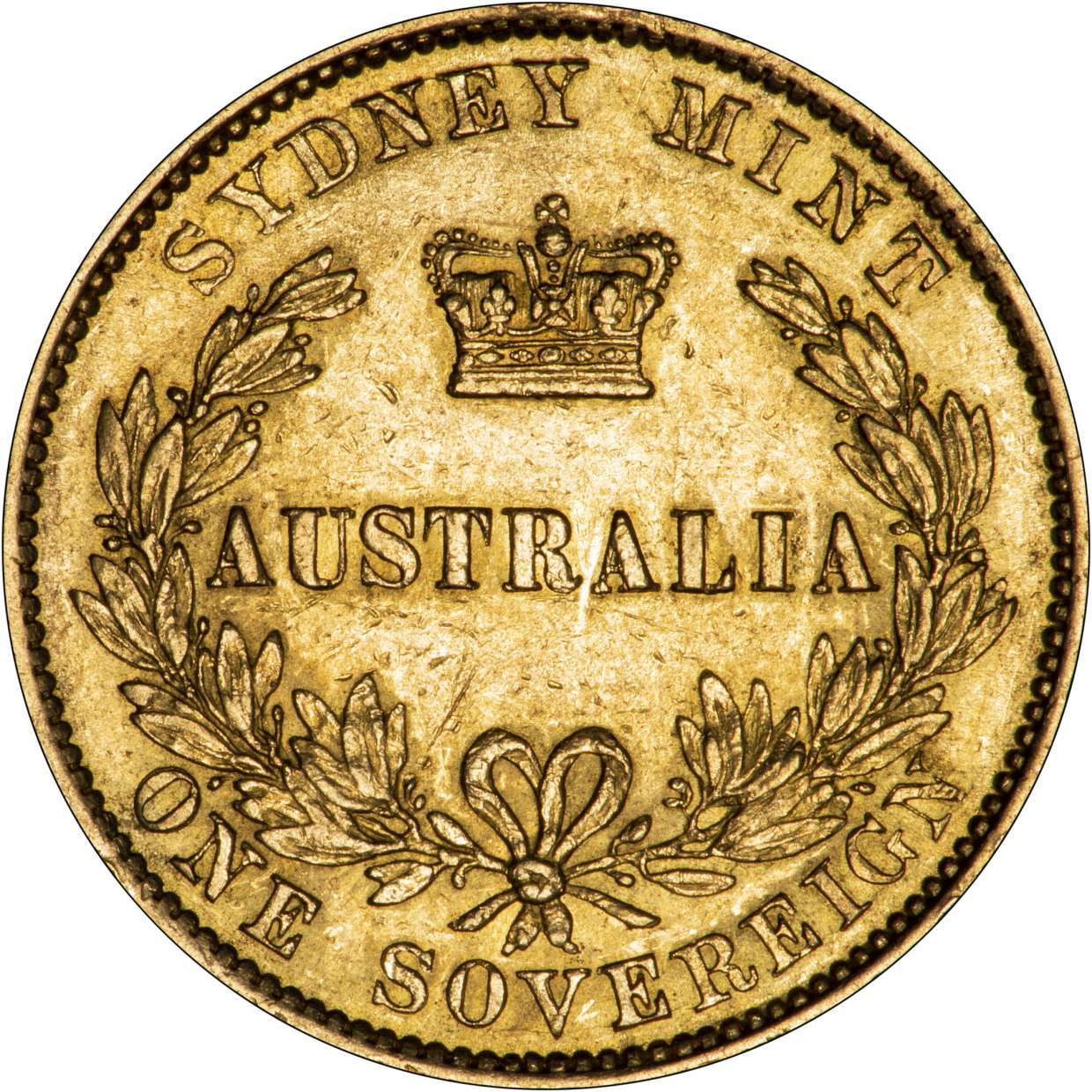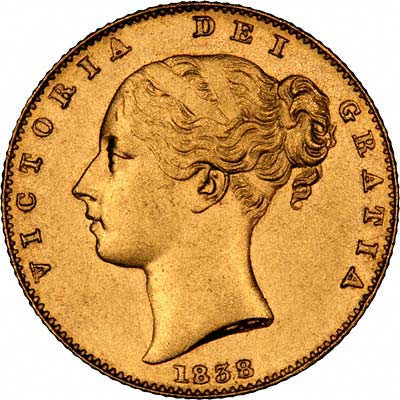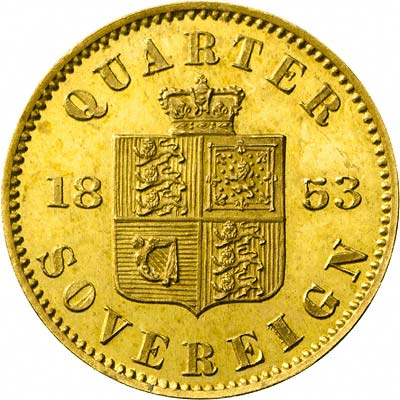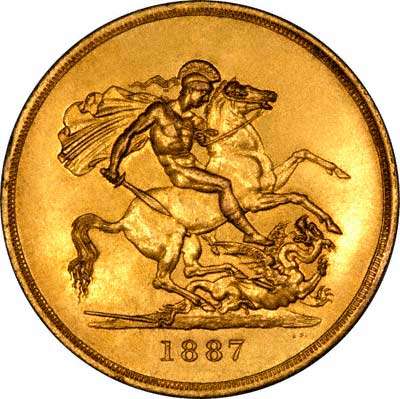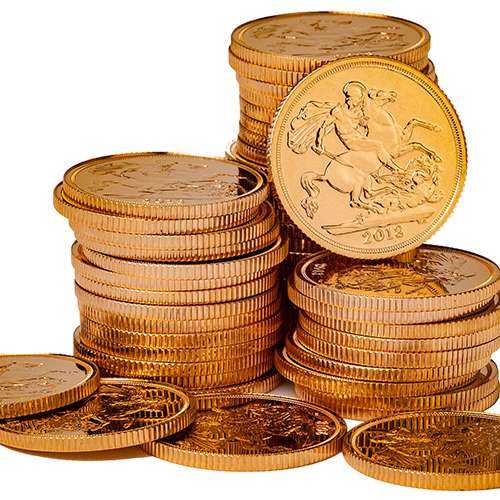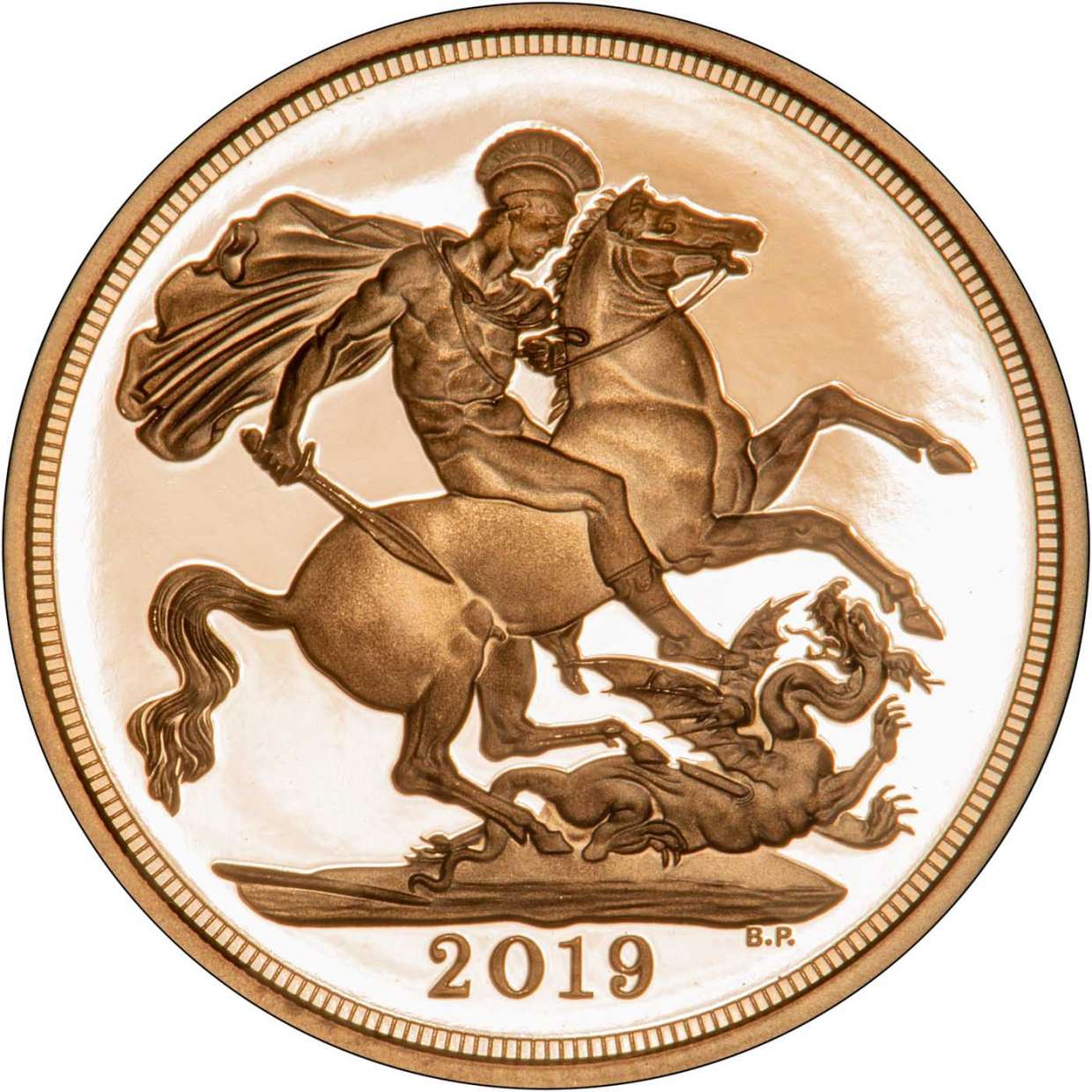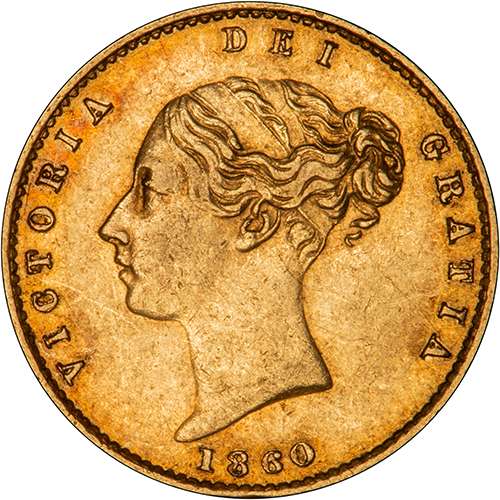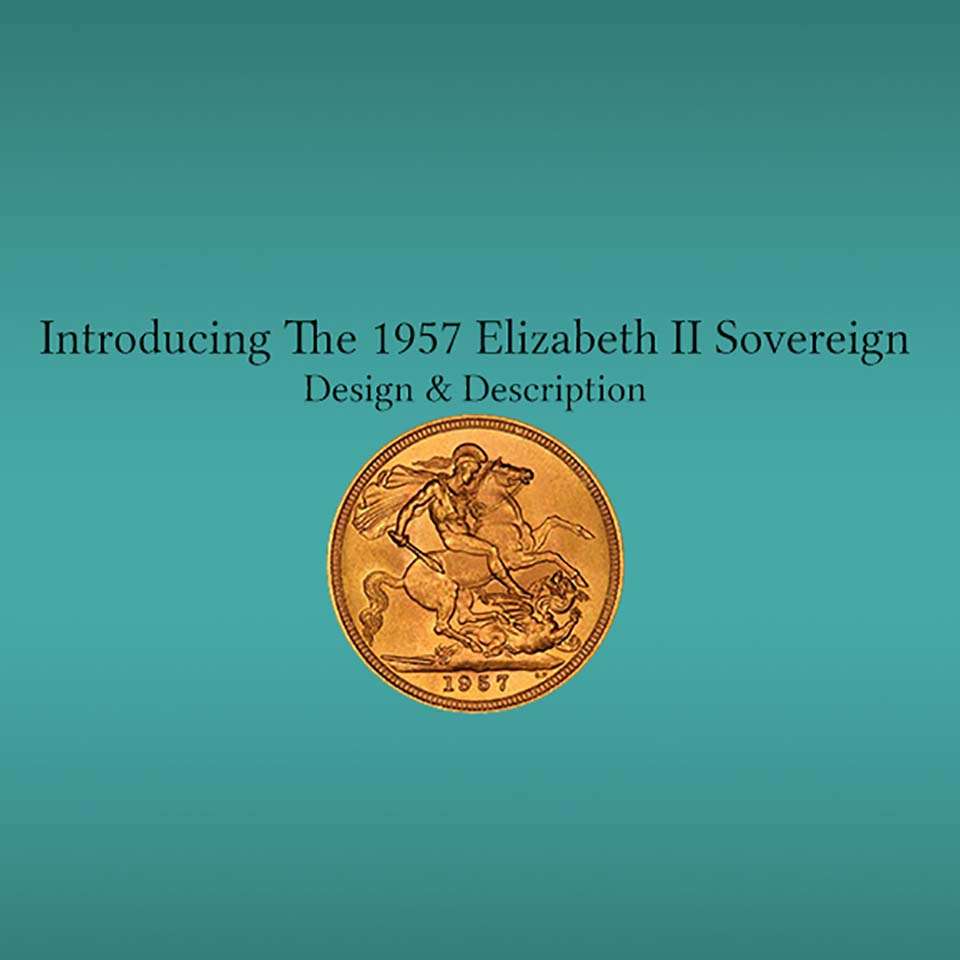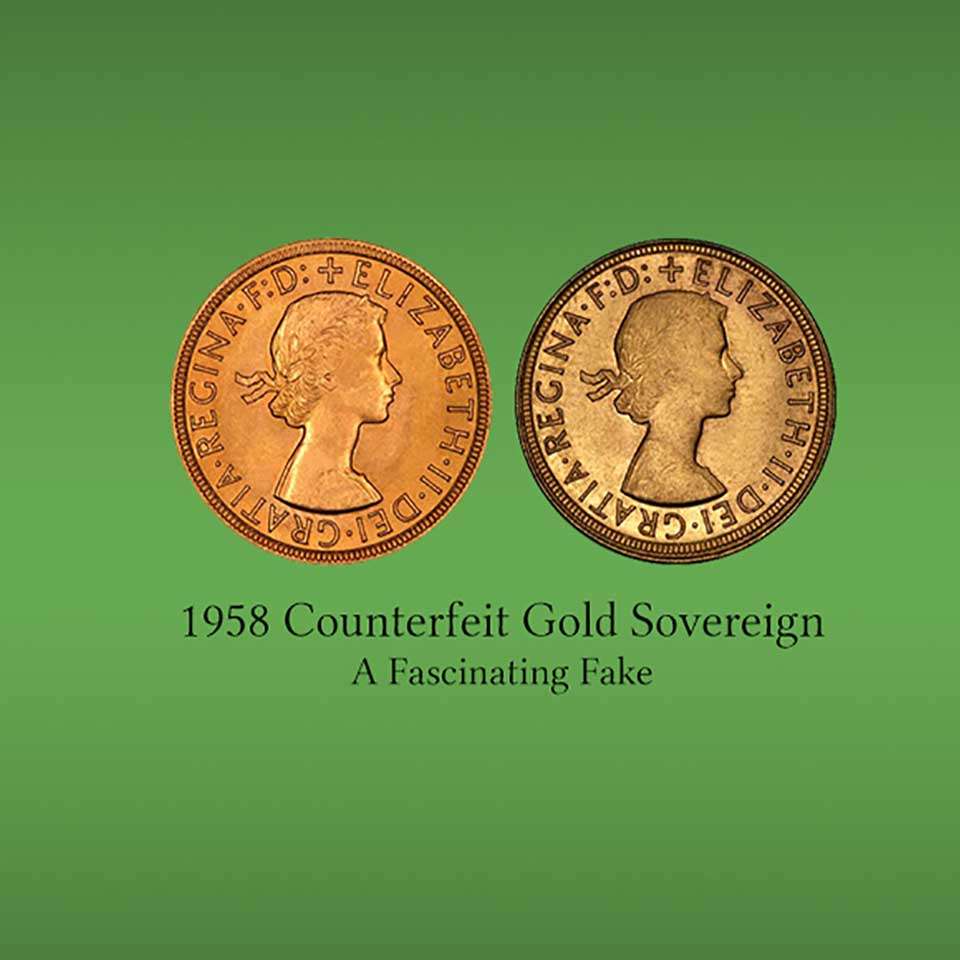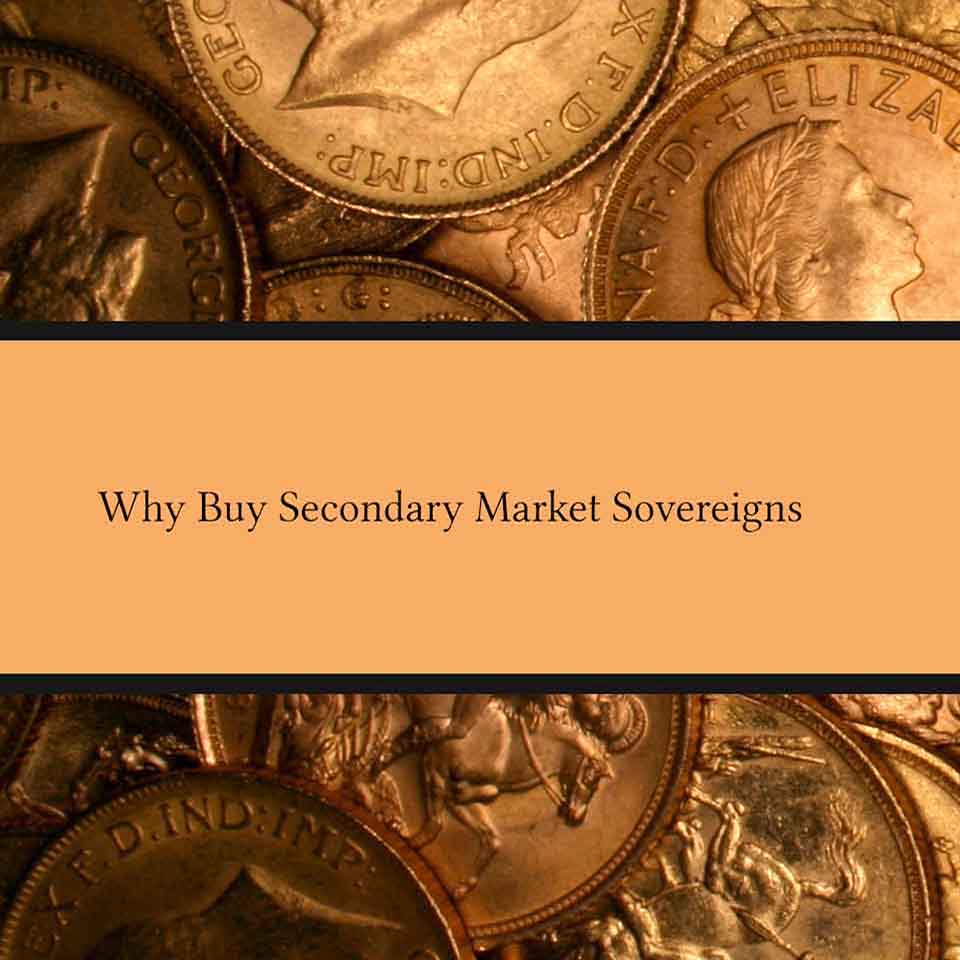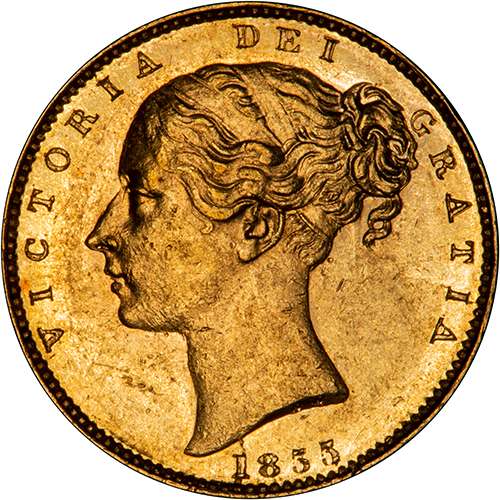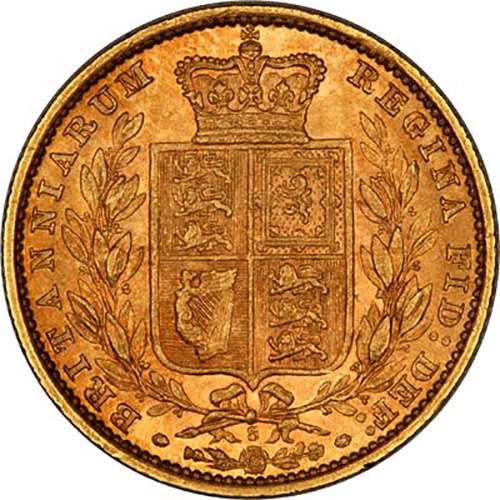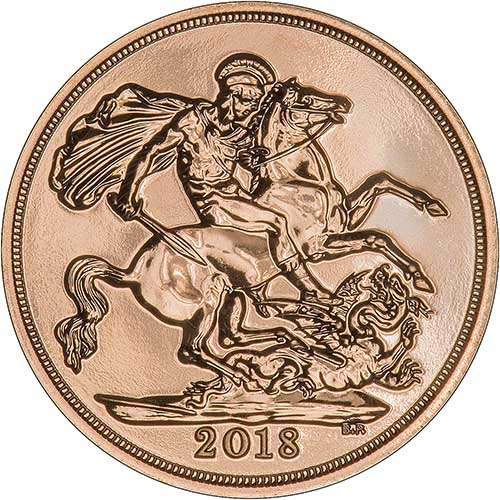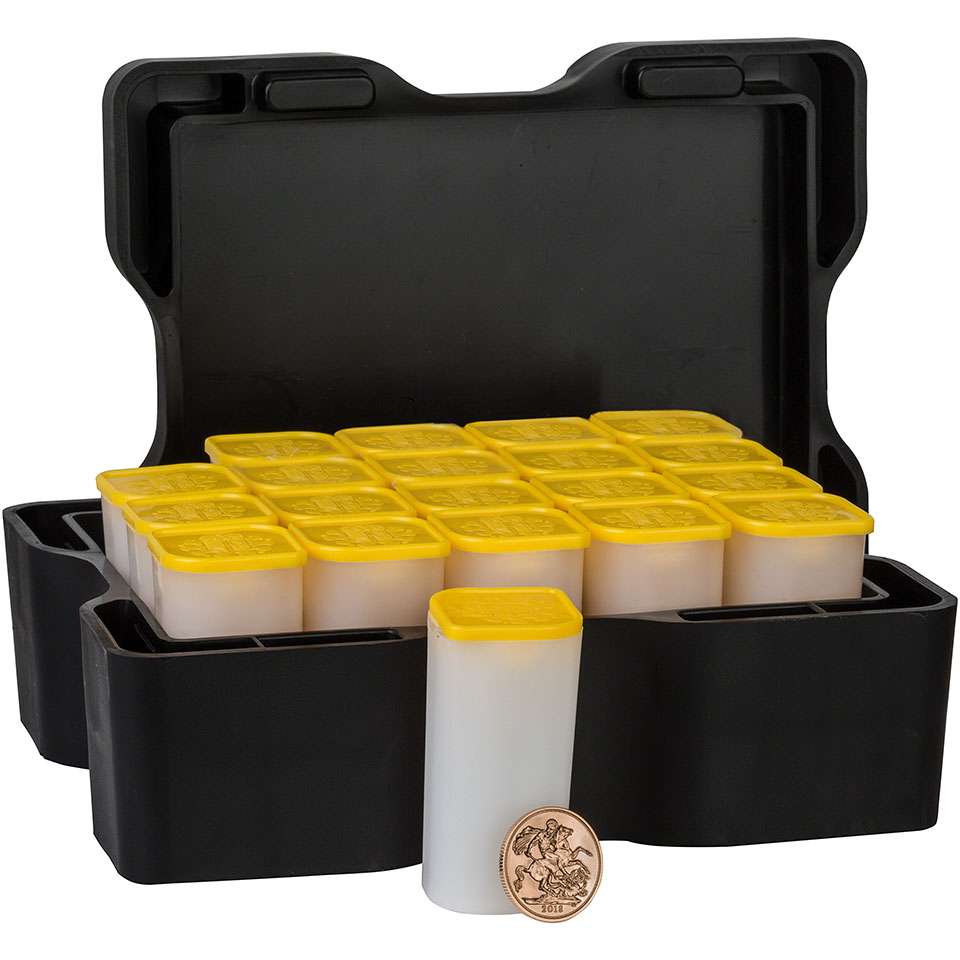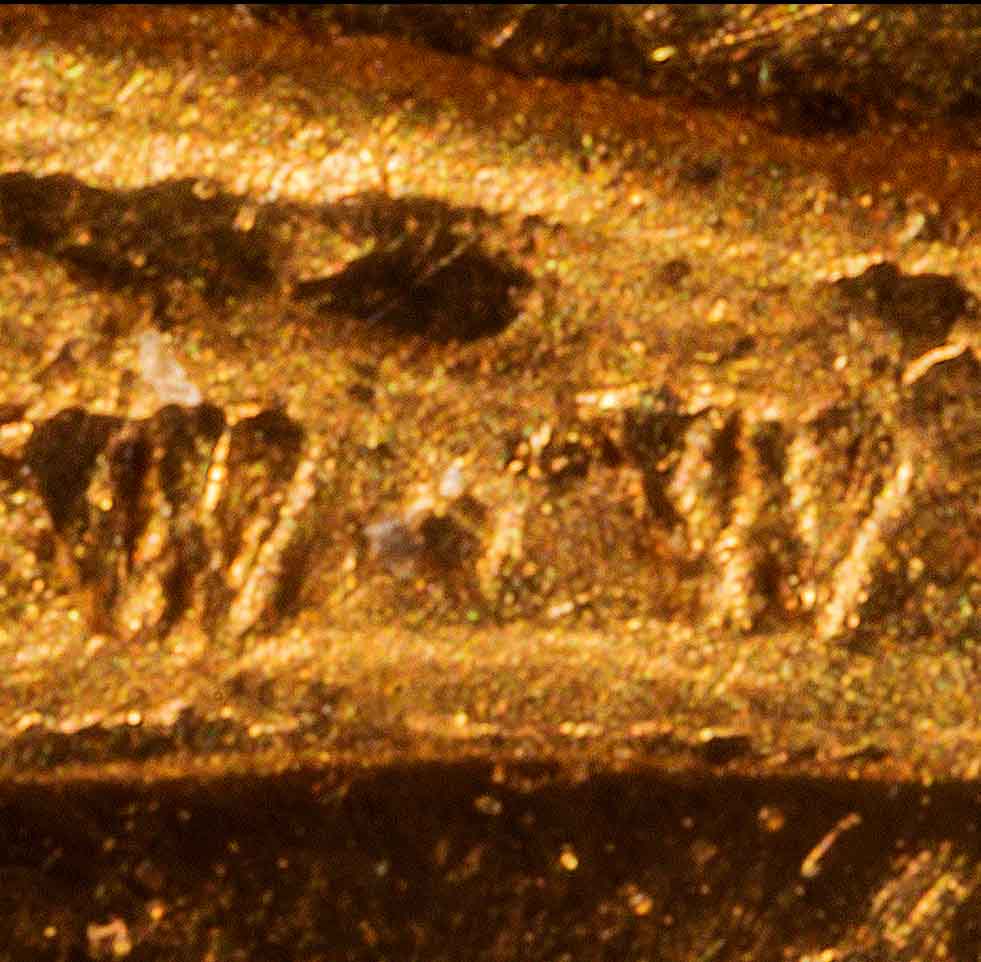HONI SOIT QUI MAL Y PENSE
Synopsis
HONI SOIT QUI MAL Y PENSE is one of the most famous mottoes of all time. Adopted by The Most Noble Order of the Garter, this motto appears on many British coins.
What Does HONI SOIT QUI MAL Y PENSE Mean?
There are various interpretations of this phrase, these include "Evil be to him who evil thinks thereof", "Shame on him who thinks evil of it" or "Let he who thinks ill there be shamed".
The general theme is to think positive and good thoughts about others to avoid negativity affecting your own life.
Where Does HONI SOIT QUI MAL Y PENSE Originate?
There is a delightful story about King Edward III acting chivalrously towards his daughter-in-law, Joan of Kent. Her garter had slid to her ankle during a dance at a ball in Calais. The King slipped the garter onto his own leg and uttered the phrase "Honi soit qui mal y pense" thus silencing the tittering bystanders. Norman French was the language of the nobility during in this period.
What is the Order of the Garter?
The Order of the Garter was founded during the reign of Edward III in 1348 as he pursued his claim to the French crown.
Headed by the Queen, it is a most noble order that prides itself on honourable and chivalrous acts. St George is its patron saint and new appointments are always announced on St George's Day, 23 April. Whilst a maximum of 25 companion members, including the current monarch make up the membership of the order, there are also a number of supernumerary members and Stranger Knights which include foreign monarchs and members of the Royal Family and the British nobility.
The Arms of The Order of the Garter feature a shield bearing the red and white cross of St George together with a garter strap with the motto HONI SOIT QUI MAL Y PENSE. Knights of the order wear a midnight blue velvet cloak with the emblem of the order embroidered on the left shoulder.

The Royal Coat of Arms
The British Royal Coat of Arms is the official coat of arms for the British monarch, Elizabeth II. The quartered shield of the United Kingdom is surmounted by a royal crown. The shield dates back to the 1707 Act of Union and symbolises the alliance of the four Great British nations. The shield displays the three passant lions for England, the rampant lion for Scotland, the three lions and leek for Wales and the golden harp for Northern Ireland. The motto of The Order of the Garter, HONI SOIT QUI MAL Y PENSE, is set within a garter which encircles the shield of the United Kingdom. The monarch's motto DIEU ET MON DROIT is set at the base with the English Rose and the Scottish Thistle.
Which Coins Feature the Inscription HONI SOIT QUI MAL Y PENSE?
A number of coins bear the coin inscription Honi Soit Qui Mal Y Pense. Probably the most famous is the 1817 George III sovereign which was introduced as a result of the British Coinage Act of 1816. This has been re-introduced on the 2017 proof sovereign which marks the 200th Anniversary of the Modern Sovereign.
The British Army
Honi Soit Qui Mal Y Pense is the motto of a number of senior regiments of the British Army including the Blues and Royals, the Coldstream Guards, the Grenadier Guards and the Life Guards. These regiments together with three others form The Household Cavalry. These regiments are steeped in history, courage and loyalty and have origins that go back to the seventeenth century and the reign of Charles II. Britain's favourite prince, Harry of Wales, served two tours with the Blues and Royals in Afghanistan. On the cap badge, HONI SOIT QUI MAL Y PENSE is set inside a garter strap around the initials E II R for Elizabeth Regina II.
Did you know that HONI SOIT QUI MAL Y PENSE features on the front of your passport? We didn't.
Where Can You Find This Inscription - Full Table
| Date Range | to | Demonination | Reign | Type |
| 1801 | 1813 | Half Guinea | George III | Sixth & Seventh Heads - Shield in Garter |
| 1813 | 1813 | Guinea | George III | "Military" - Shield in Garter |
| 1817 | 1820 | Sovereign | George III | Laureate Head - St. George & Dragon |
| 1818 | 1820 | Crown | George III | Laureate Head - St. George & Dragon |
| 1816 | 1820 | Halfcrown | George III | Laureate Head - Crowned Shield in Garter |
| 1816 | 1820 | Shilling | George III | Laureate Head - Crowned Shield in Garter |
| 1816 | 1820 | Sixpence | George III | Laureate Head - Crowned Shield in Garter |
| 1823 | 1824 | Halfcrown | George IV | Laureate Head - Crowned Shield in Garter |
| 1823 | 1824 | Shilling | George IV | Laureate Head - Crowned Shield in Garter |
| 1824 | 1826 | Halfcrown | George IV | Laureate Head - Crowned Shield in Garter |
| 1887 | 1892 | Halfcrown | Victoria | Jubilee Head - Crowned Shield in Garter |
| 1887 | 1892 | Shilling | Victoria | Jubilee Head - Crowned Shield in Garter |
| 1887 | 1887 | Sixpence | Victoria | "Withdrawn" Jubilee Head - Crowned Shield in Garter |
| 1893 | 1901 | Florin | Victoria | Old Head - Three Shields in Garter |
| 1893 | 1901 | Shilling | Victoria | Old Head - Three Shields in Garter |
| 1902 | 1910 | Halfcrown | Edward VI | Bare Head - Crowned Shield in Garter |
| 1911 | 1927 | Halfcrown | George V | Bare Head - Crowned Shield in Garter |
| 2017 | 2017 | Sovereign | Elizabeth II | 200th Anniversary - St. George & Dragon |
Royal Mint Misinformation - October 2016
Our company director spotted more misinformation from the Royal Mint on their 'Celebrating 200 years of the Pistrucci Sovereign' article, dated 31st October 2016. The passage in question is this:
The original inscription created for The Sovereign when it was revived in 1817 has been revisited for this celebratory, anniversary edition of The Sovereign for 2017. The Latin, ‘HONI SOIT QUI MAL Y PENSE’ meaning ‘Evil unto him that thinks evil of it’ is a phrase that has featured on the coat of the Royal Arms of the United Kingdom for centuries.
It seems the Royal Mint don't know that phrase 'HONI SOIT QUI MAL Y PENSE’ is actually Norman French, not Latin.
Related Blog Articles
This guide and its content is copyright of Chard (1964) Ltd - © Chard (1964) Ltd 2025. All rights reserved. Any redistribution or reproduction of part or all of the contents in any form is prohibited.
We are not financial advisers and we would always recommend that you consult with one prior to making any investment decision.
You can read more about copyright or our advice disclaimer on these links.








